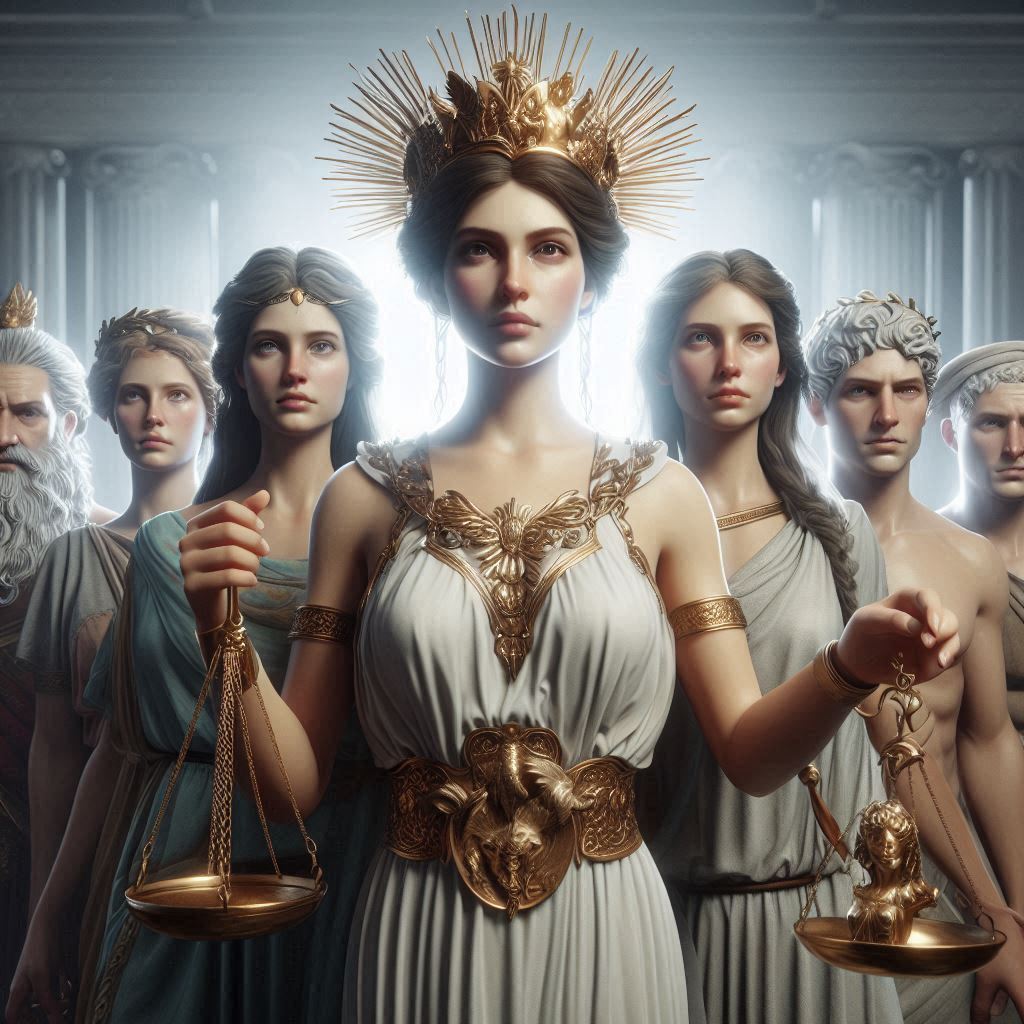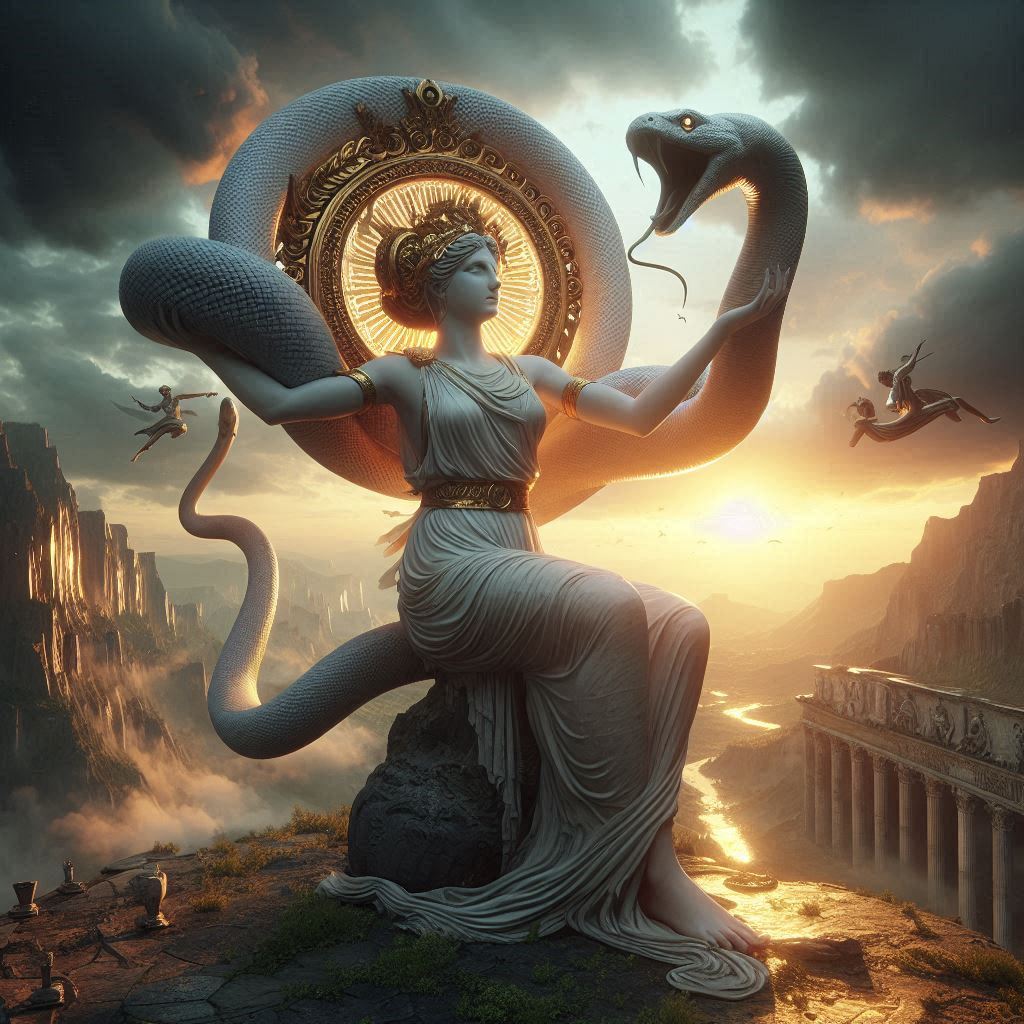Table of Contents
The Thorn Birds: A Tale of Forbidden Love and Sacrifice
The Thorn Birds (1977) by Colleen McCullough is a sweeping family saga set against the harsh and beautiful landscape of the Australian Outback. Often compared to Gone with the Wind for its epic scope and emotional intensity, the novel explores themes of love, sacrifice, ambition, and the inescapable pull of fate. The story follows the Cleary family across three generations, focusing particularly on the forbidden love between Meggie Cleary and Father Ralph de Bricassart, a Catholic priest. Through its rich characterizations and vivid depiction of the Australian wilderness, The Thorn Birds remains a timeless exploration of human desire and the costs of pursuing one’s deepest longings.

Plot Overview
The novel begins in New Zealand in the early 20th century, where young Meggie Cleary lives in poverty with her large family. Her life changes dramatically when her wealthy aunt, Mary Carson, invites the Clearys to work on her vast Australian sheep station, Drogheda. There, Meggie meets Father Ralph de Bricassart, a handsome and ambitious priest who becomes both a spiritual guide and an object of her forbidden affection.
Despite his vows of celibacy, Ralph is deeply drawn to Meggie, and their relationship forms the emotional core of the novel. As Meggie grows into a woman, she struggles with her love for Ralph, who is torn between his devotion to the Church and his feelings for her. Meanwhile, the Cleary family faces tragedies, including the deaths of key family members and the harsh realities of life in the Outback.
The narrative spans several decades, following Meggie’s marriage to Luke O’Neill—a man who resembles Ralph but lacks his depth—and the birth of her son, Dane, who unknowingly becomes a central figure in the story’s tragic resolution. The novel’s title is derived from a mythical bird that impales itself on a thorn while singing its most beautiful song, symbolizing the idea that great love and beauty often come at the cost of immense suffering.
Major Themes
1. Forbidden Love and Sacrifice
The central theme of The Thorn Birds is forbidden love, particularly the doomed romance between Meggie and Ralph. Their relationship is impossible from the start due to Ralph’s vows as a priest, yet their emotional and physical attraction is undeniable. Ralph’s internal conflict—between his spiritual calling and his earthly desires—drives much of the novel’s tension.
McCullough uses their love story to explore the idea of sacrifice. Ralph ultimately chooses the Church over Meggie, believing that his ambition to rise within the Catholic hierarchy is more important than personal happiness. Meggie, in turn, sacrifices her chance for a fulfilling marriage by forever comparing other men to Ralph. Their tragedy lies in the fact that neither can fully possess what they truly desire.
2. The Role of Fate and Destiny
Fate plays a crucial role in The Thorn Birds. From the beginning, the characters seem bound by forces beyond their control. The Clearys’ move to Drogheda, Ralph’s entanglement with Mary Carson’s inheritance, and even the eventual fate of Meggie’s children all suggest that destiny governs their lives.
The legend of the thorn bird serves as a metaphor for this idea—just as the bird is destined to seek out the thorn, the characters are fated to pursue love and ambition despite knowing it will bring them pain.
3. The Harsh Beauty of the Australian Outback
The setting of The Thorn Birds is almost a character in itself. The Australian Outback is depicted as both majestic and unforgiving, shaping the lives of those who live there. The droughts, fires, and isolation of Drogheda mirror the emotional struggles of the Cleary family.
McCullough’s vivid descriptions of the land highlight its dual nature—it offers breathtaking beauty but also demands resilience and endurance from those who inhabit it. This duality reflects the novel’s broader themes of suffering and fleeting joy.
4. Religion and Ambition
Father Ralph’s struggle between faith and personal desire is a key element of the novel. His ambition to become a cardinal conflicts with his love for Meggie, illustrating the tension between spiritual duty and human weakness.
The Catholic Church is portrayed as both a refuge and a prison—it offers Ralph power and purpose but also demands the suppression of his natural desires. His eventual rise in the Church comes at the cost of his happiness, reinforcing the novel’s theme that greatness often requires painful sacrifices.
Character Analysis
1. Meggie Cleary
Meggie is the heart of the novel, evolving from an innocent child into a resilient but emotionally scarred woman. Her lifelong love for Ralph defines her, shaping her choices and relationships. Despite her suffering, she exhibits strength, particularly in her devotion to her children.
2. Father Ralph de Bricassart
Ralph is a complex and flawed character—charismatic, ambitious, and deeply conflicted. His love for Meggie humanizes him, yet his inability to fully commit to her reveals his moral and spiritual struggles. His character raises questions about the nature of sacrifice and whether his choices were ultimately selfish or selfless.
3. Mary Carson
Mary Carson, the wealthy aunt who brings the Clearys to Drogheda, is a manipulative and bitter woman. Her jealousy of Ralph and Meggie’s relationship leads her to set in motion events that will haunt the family for decades.
4. Dane and Justine
Meggie’s children represent different aspects of her legacy. Dane, who resembles Ralph, becomes a priest, unknowingly repeating his father’s path. Justine, independent and strong-willed, breaks free from the family’s tragic patterns, symbolizing hope for the future.
Conclusion
The Thorn Birds is a powerful exploration of love, sacrifice, and the inevitability of suffering. Through its richly drawn characters and evocative setting, the novel captures the bittersweet nature of human desire—the idea that the things we love most often come with the greatest cost.
McCullough’s masterpiece endures because it speaks to universal truths about passion, ambition, and the choices that define us. Like the thorn bird, the characters sing their most beautiful songs only in moments of deepest pain, leaving readers with a haunting meditation on the price of love.


No responses yet